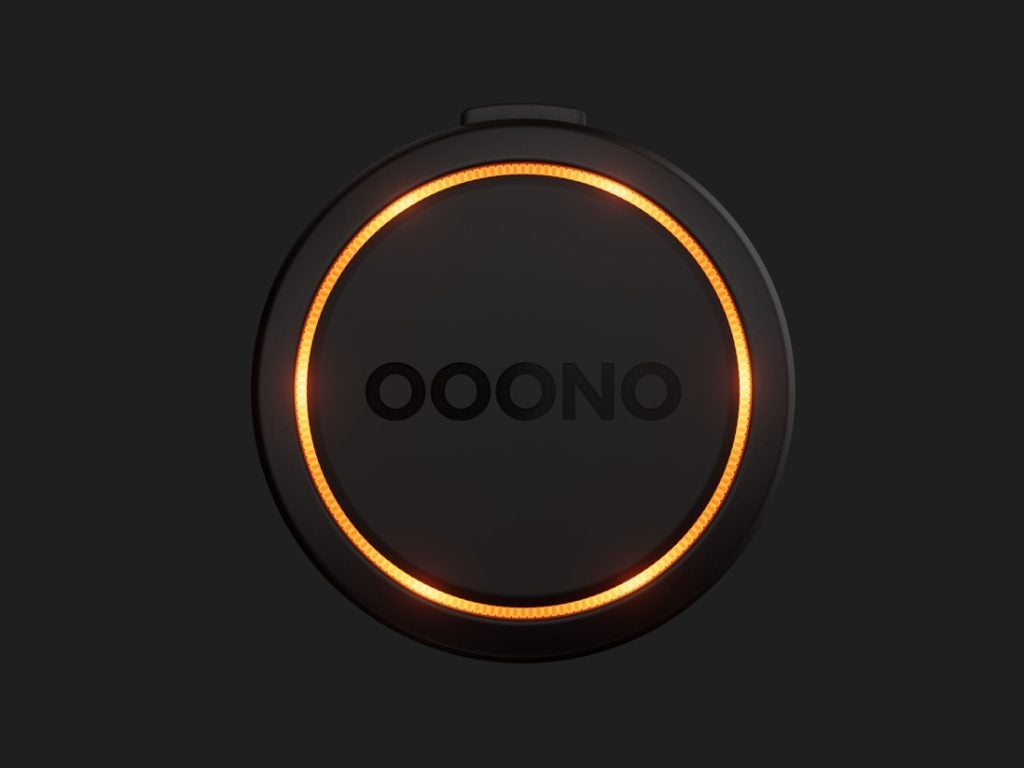Veoneer has patented a method and apparatus for processing transceiver signals to account for relative motion. The method involves obtaining processed signals with frames and bins, determining shift distances, updating residual distances, and integrating bin values over adjusted frames. GlobalData’s report on Veoneer gives a 360-degree view of the company including its patenting strategy. Buy the report here.
According to GlobalData’s company profile on Veoneer, was a key innovation area identified from patents. Veoneer's grant share as of February 2024 was 50%. Grant share is based on the ratio of number of grants to total number of patents.
Method for processing transceiver signal to account for relative motion
A recently granted patent (Publication Number: US11914030B2) discloses a method for processing a transceiver signal detected by a transceiver. The method involves obtaining a processed signal with frames corresponding to time intervals, adjusting the frames based on relative motion data of the transceiver with respect to an object, and integrating values of the bins over the adjusted frames. The distance resolution of the transceiver signal plays a crucial role in determining the shift distance and adjusting the frames to account for the relative motion effectively. The method is particularly useful for radar signals, with the distance resolution being proportional to the frequency span of each bin, and can be applied in various radar systems, including frequency modulated continuous wave radar.
Furthermore, the patent also includes a control unit for a vehicle that implements the method for processing transceiver signals. The control unit comprises modules for obtaining the processed signal, relative motion data, initializing residual distance, determining shift distance, rounding the shift distance, updating residual distance, generating adjusted frames, and processing the signal by integrating bin values. The control unit is designed to effectively handle radar signals detected by a radar transceiver, with the distance resolution being proportional to the frequency span of each bin. By utilizing this control unit, vehicles can accurately process transceiver signals, adjust for relative motion, and integrate data over frames to enhance the overall performance of radar systems in vehicles.
To know more about GlobalData’s detailed insights on Veoneer, buy the report here.
Premium Insights
From

The gold standard of business intelligence.
Blending expert knowledge with cutting-edge technology, GlobalData’s unrivalled proprietary data will enable you to decode what’s happening in your market. You can make better informed decisions and gain a future-proof advantage over your competitors.





